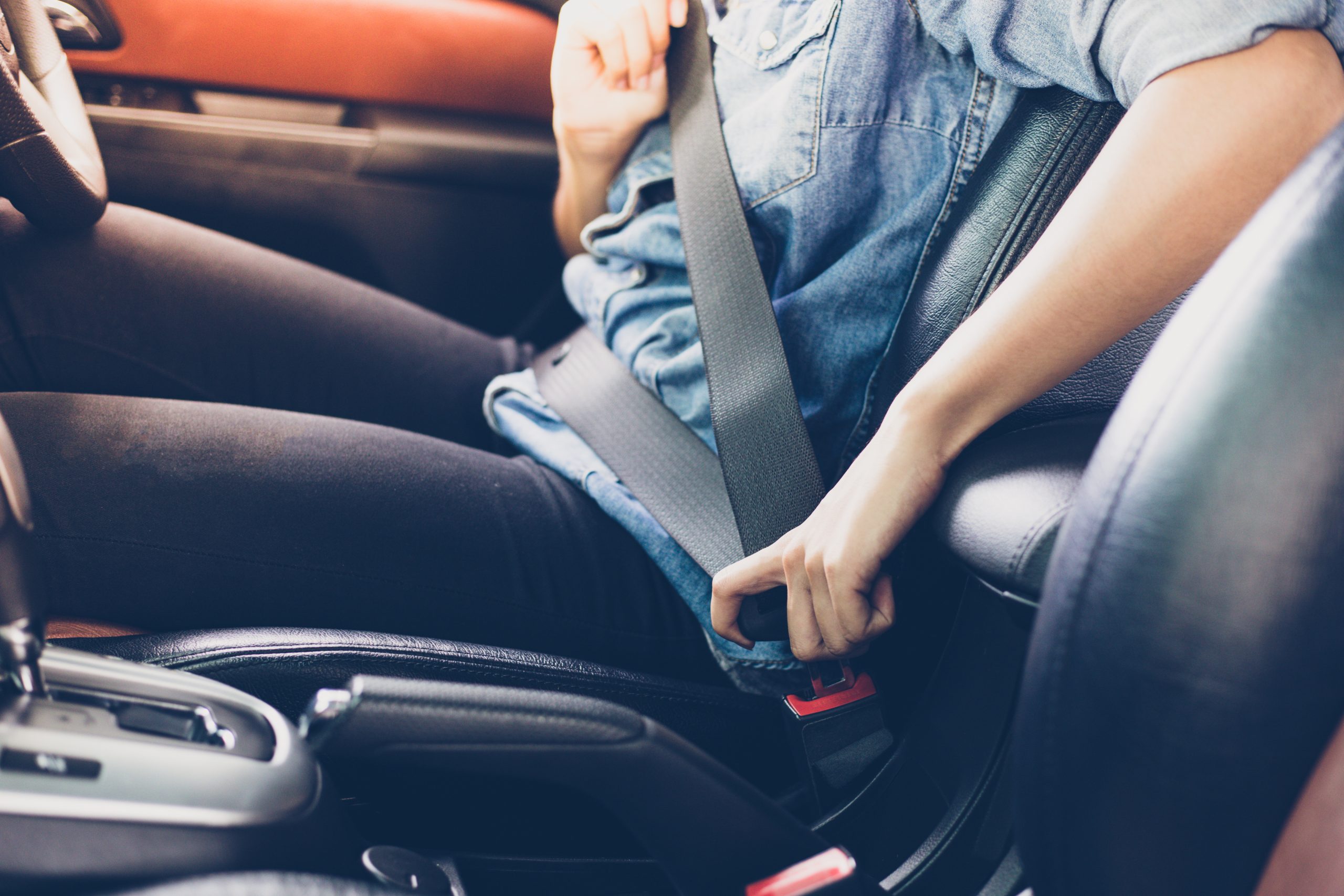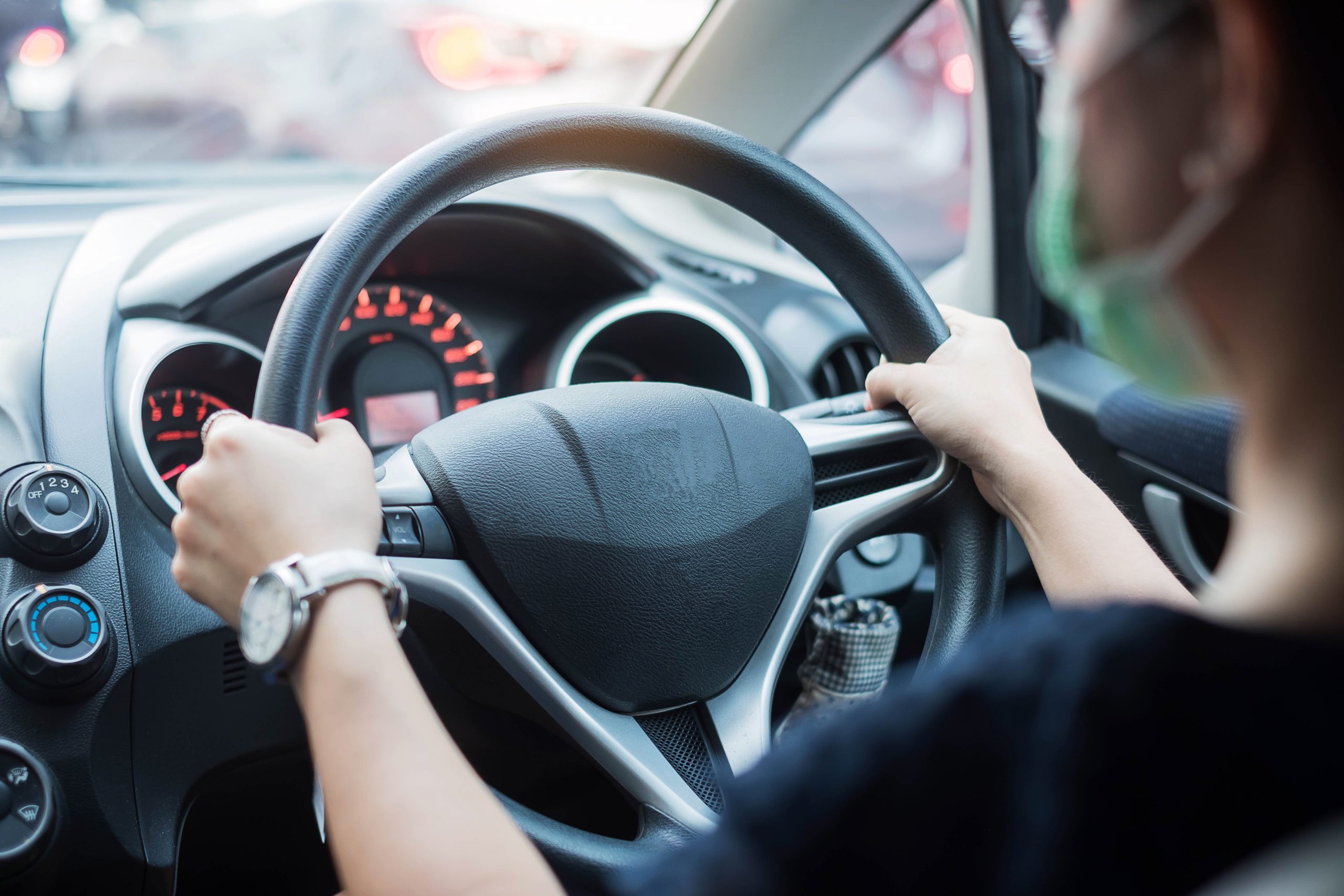Pre-Trip Internal

Pre-Trip Checks – Internal Check
Ever since the pandemic began, travel has been restricted for fear of spreading the virus. Road trips, however, have still been a possibility, and many people are still taking advantage of that option. Preparing for a road trip or even a short drive across the city takes some thought, and drivers should still perform a series of checks of the inside of the vehicle to ensure that their trips go as smoothly as possible.
With good pre-trip checks, drivers can find minor issues before they worsen into serious problems. To some extent, the thoroughness of the check depends on the people using the vehicle and the intended purpose of the excursion. While some drivers can easily adjust their pre-trip check to suit their circumstances, others may have no choice in the matter.
Pre-Trip Checks for Commercial Drivers
For example, commercial truck and bus drivers have a certain set of procedures that they must follow in a pre-trip check. The Ontario Ministry of Transportation website lists several requirements for these checks, noting that drivers need to check at least once every twenty-four hours to ensure that their vehicles are in good condition.
According to the Trucking News website, Ontario was one of the first provinces to adopt new rules instituted in 2007 to help guide drivers in knowing what to check in their vehicles, with a list of twenty-seven items to inspect before starting out on the road. Among the items were the warning system for low air in the tires, as well as the parking or emergency brake. With long trips and large vehicles, pre-trip checks are especially important.
For commercial vehicles, the number and scope of pre-trip checks are mandated by the government and the companies that employ the drivers. Private vehicle owners have more flexibility in setting their own criteria for pre-trip checks; still, following a basic checklist will help them to conduct a thorough check without missing an important element that could make the difference on the road.
Basics of a Pre-Trip Check

The Canadian Centre for Occupational Health and Safety lists several elements of a good pre-trip check of the interior of a vehicle. Drivers should ensure that the vehicle is free of clutter, especially on the floor by the pedals, but even elsewhere. Otherwise, a piece of litter could become entangled around the driver’s feet, making it hard to brake or accelerate. In addition, the windows should be clean so that the driver can see out of them without impediment. Any cargo, such as bags or boxes, should be secure so that nothing will fly around the compartment in case of a sudden stop or a collision.
When drivers and passengers get into a vehicle, the first thing they are likely to do is to fasten their seatbelts. The driver should ensure that all seats and seatbelts are functioning and that the vehicle will not carry more passengers than the number of available seatbelts. Any accessories, such as global positioning system devices or hands-free cell phones, should be securely attached to their proper locations. In addition, it is good to carry a basic first aid kit, a fire extinguisher, and other safety-related items such as flares or fluorescent triangles in case of emergency.
Checking for any problems with the instrument panel and indicator lights is important. Ensuring that the dashboard lights up together with the headlights will help drivers who plan to drive after dark. The horn should be functional in case of an emergency, and the indicator lights should also be part of the check. Although these lights primarily affect the outside of a vehicle, drivers can check to ensure that the indicators on the instrument panel are lighting up as they should.
Checking the Steering
Steering is difficult to check until the vehicle is actually on the road, but drivers can do a few small checks in areas where it is safe to do so. For example, a long driveway may give the driver an opportunity to test the responsiveness of the steering wheel to sudden movements, as long as it is possible to conduct these checks without scraping against another vehicle or a snowbank. Turning the steering wheel while the vehicle is running but still parked can also give drivers an idea of how well it moves or if it requires attention.

Although the functioning of the steering wheel is difficult to check before driving away, its position is an important aspect of the pre-trip check, as the Canadian Automobile Association website notes. Steering wheels can move up or down, accommodating different sizes of driver. If several people use the same vehicle or if someone has moved the steering column for another reason, drivers should be sure to move it to the most comfortable position before starting.
Seats and Headrests
The CAA website also notes the importance of adjusting seats and headrests to suit the vehicle’s occupants. The driver should adjust the seat backwards or forwards to be able to sit upright and reach the pedals without bumping against the steering wheel. If possible, the seat should be close enough to the steering wheel so that the driver can comfortably hold the wheel with the elbows slightly bent. This will give the driver the maximum amount of control over the wheel, especially when turning sharp corners.
Although the headrest might seem to be designed merely for comfort in case a driver pulls over to the side of the road for a nap, it has an important role in safety. In case of a collision, the head might snap back and forth without a headrest to stop the motion.
To be completely effective, the headrest should be in the right position for the height of the vehicle’s occupant. The headrest should be adjusted to sit with its top slightly above the ears and if possible eight centimetres behind the back of the head. Although these adjustments might be impossible for very tall or short drivers, they are the ideal.
No one can prepare enough for every possible issue. However, following pre-trip checks like these ones can help reduce the chances of problems on the road. Making a habit of performing these checks is important for every driver.
